Camping is all about reconnecting with nature, but sometimes nature gets a little too close for comfort. From stealthy predators to surprisingly aggressive herbivores, the great outdoors is home to animals you’d rather admire from a very safe distance. Before you pack your tent and sleeping bag, here are 15 wild creatures you should be aware of—and prepared to avoid—on your next U.S. camping adventure.
1. Black Bears: Curious Campground Raiders
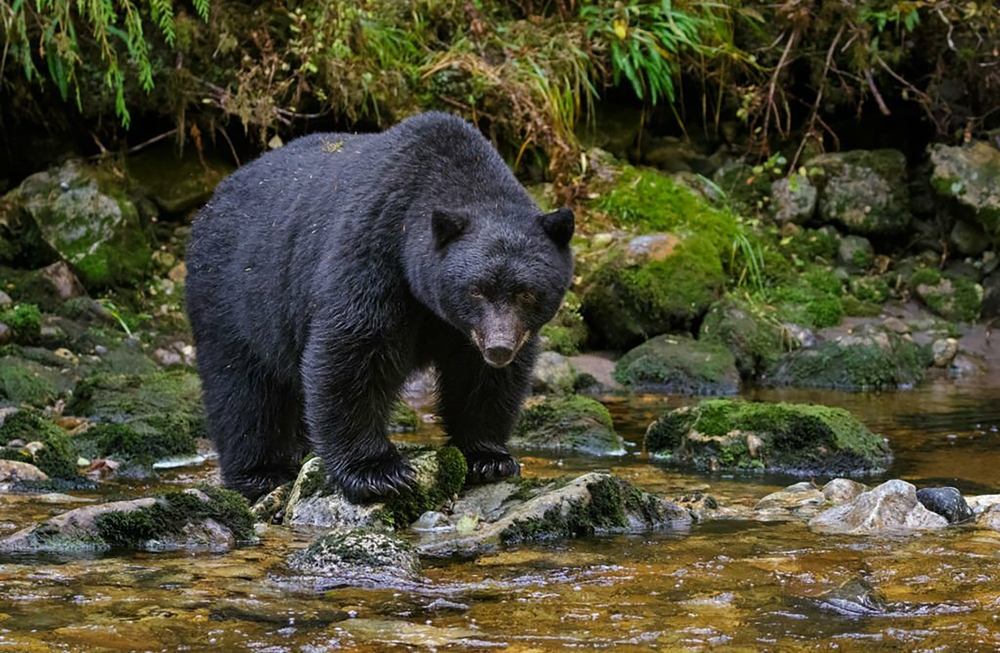
Black bears might look cuddly, but they’re bold scavengers who won’t hesitate to raid your campsite if they smell food. Found across much of the U.S., these bears are usually shy but can become aggressive if cornered or defending their cubs. Secure your food in bear-proof containers and keep your distance if you spot one. They may seem harmless, but a 400-pound bear is no joke.
2. Mountain Lions: The Silent Stalkers
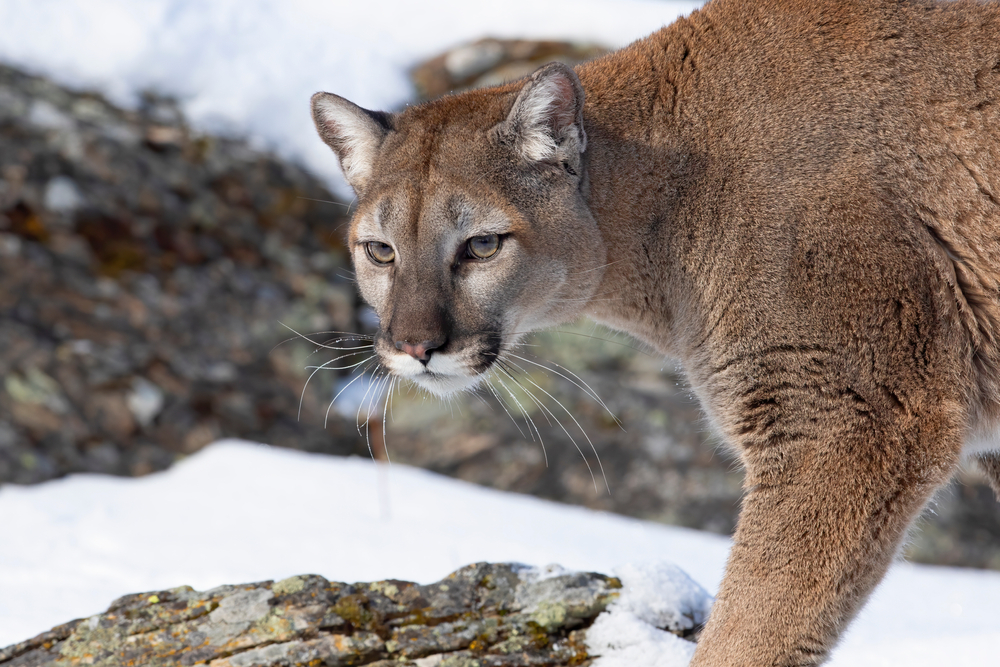
Also known as cougars or pumas, mountain lions are stealthy predators found in the western U.S. and parts of Florida. They typically avoid humans but can attack if they feel threatened or see you as prey. If you encounter one, stand tall, make noise, and never turn your back. Their sleek, muscular build might be impressive, but trust us—you don’t want to test their hunting skills.
3. Coyotes: Opportunistic Predators
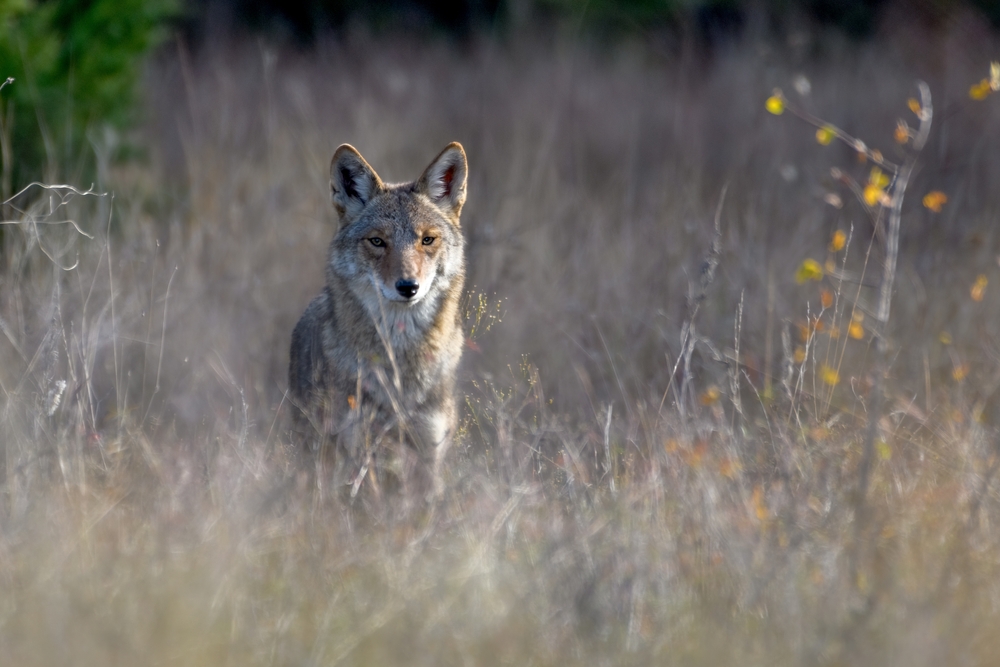
Coyotes are adaptable and clever, thriving everywhere from deserts to suburban neighborhoods. While they’re not as large as wolves, they can be aggressive, especially if they’re protecting a den or scavenging for food. Keep your campsite clean and avoid leaving scraps out—they’re resourceful enough to make trouble even in well-traveled areas.
4. Rattlesnakes: The Venomous Camouflage Masters
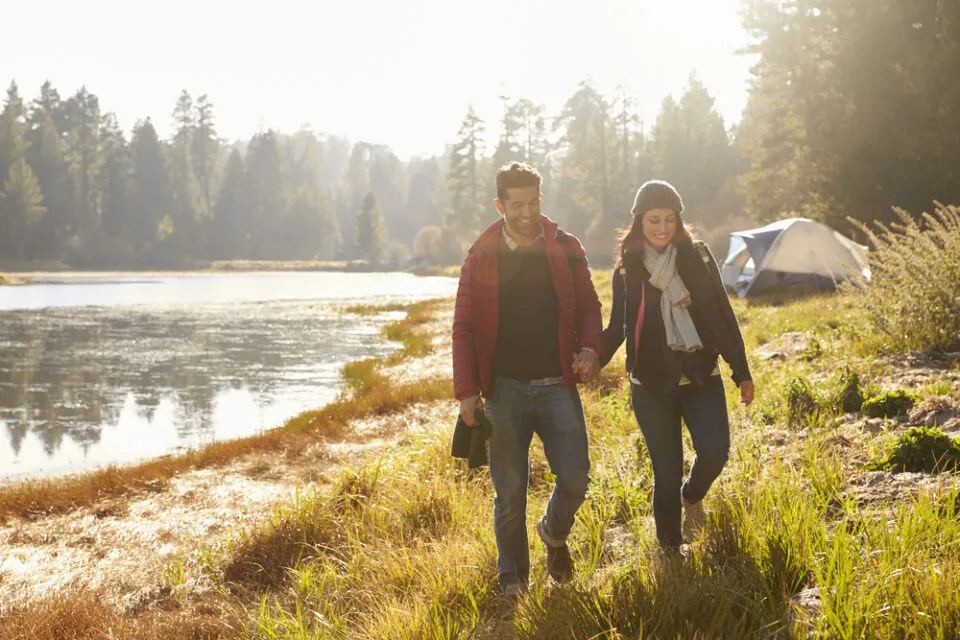
Rattlesnakes are found in many U.S. states, especially in arid and rocky areas. Their distinctive rattle is a warning you don’t want to ignore. They’re not typically aggressive but will strike if provoked or startled. Watch where you step, especially around logs or rocks, and always shake out your boots before putting them on.
5. American Alligators: The Swamp Guardians
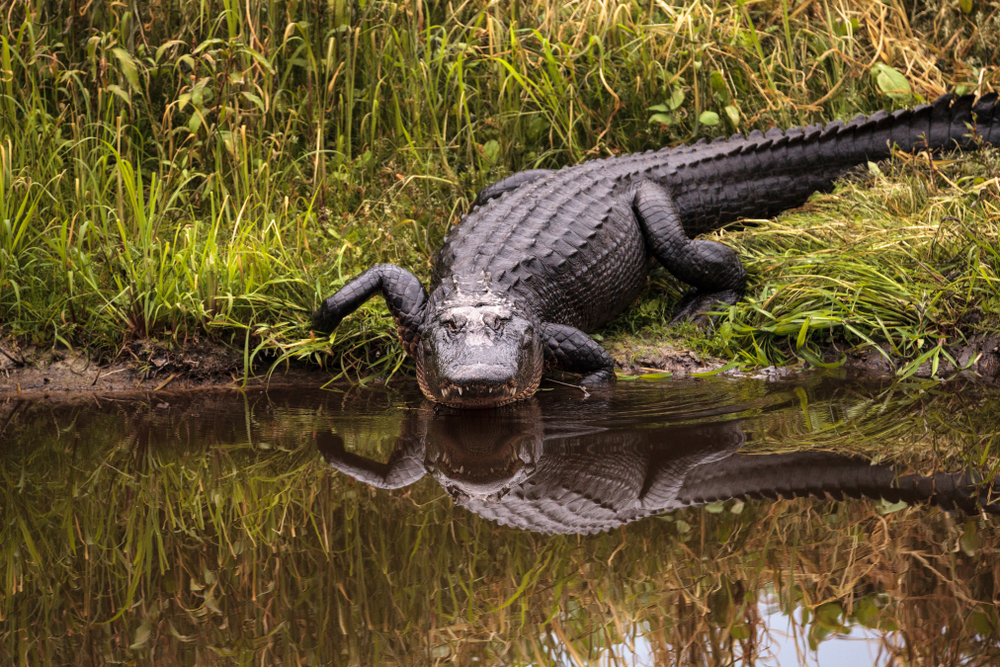
If you’re camping in the southeastern U.S., keep an eye out for alligators near freshwater lakes, rivers, or swamps. These massive reptiles can move surprisingly fast and won’t hesitate to defend their territory. Avoid swimming in gator-inhabited waters and never feed them—it’s a quick way to turn a curious gator into a persistent problem.
6. Wolves: The Pack Hunters
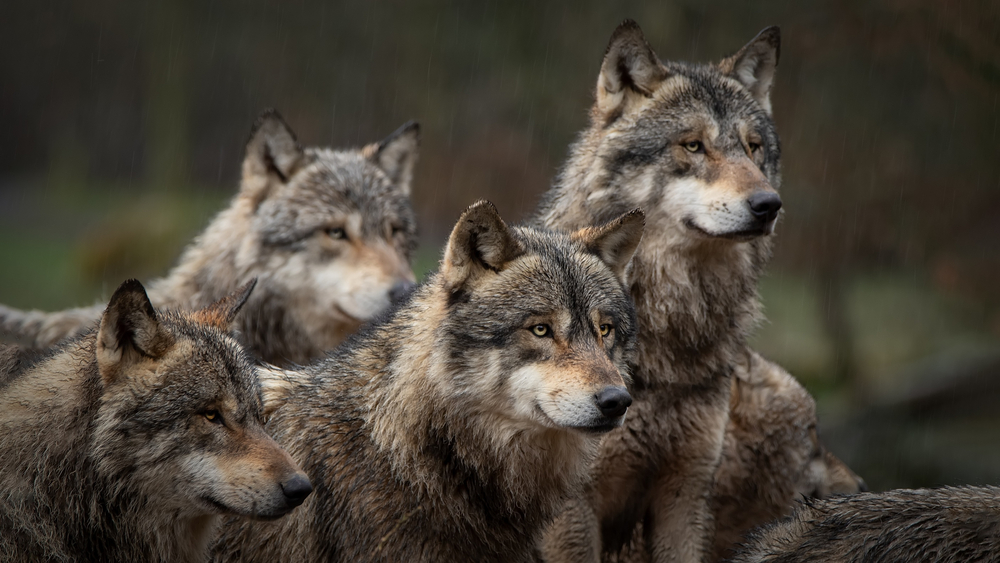
Wolves are rare but can be encountered in remote parts of the northern Rockies, the Pacific Northwest, and Alaska. They’re unlikely to approach humans but can become aggressive if they feel cornered or threatened. If you’re lucky enough to hear a wolf pack howling, enjoy the sound from a distance—getting too close could make you part of the wrong kind of wildlife documentary.
7. Moose: The Unexpected Aggressors

Don’t let their goofy looks fool you—moose can be extremely dangerous. Found in northern states like Alaska, Maine, and Montana, these massive animals are highly territorial and can become aggressive if provoked. A charging moose is no laughing matter; they’re fast, strong, and surprisingly mean. Give them plenty of space, especially during mating season or when calves are around.
8. Grizzly Bears: The Apex Predators
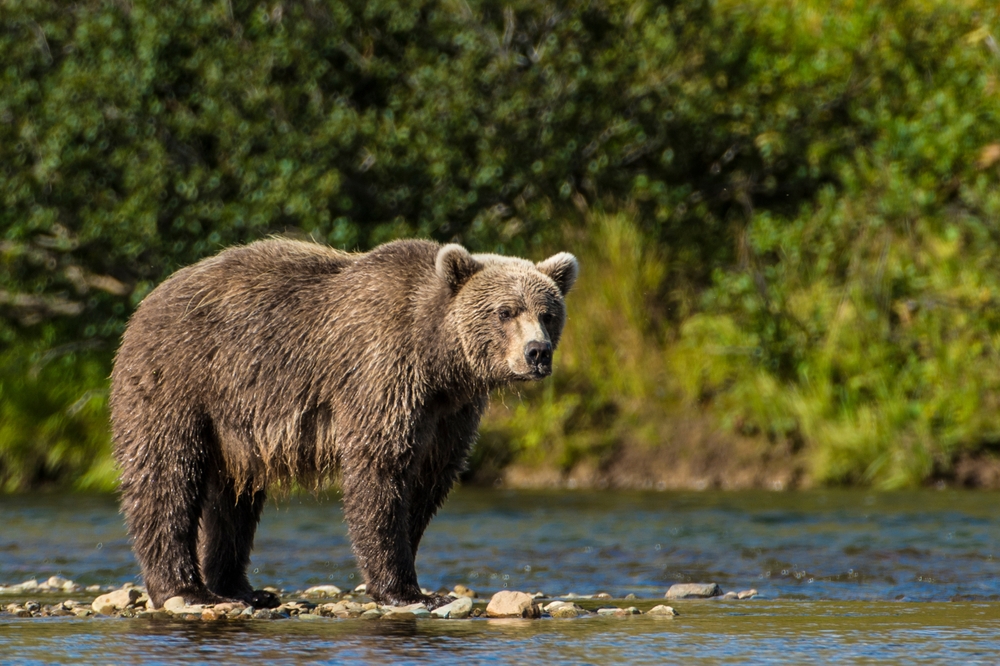
Grizzly bears, found in parts of the western U.S., are larger and more aggressive than their black bear cousins. They’ll defend their food, cubs, or territory with terrifying force. Carry bear spray if you’re camping in grizzly country and know how to use it. If you encounter one, avoid running—grizzlies can outrun you easily, and they don’t play fair.
9. Skunks: The Smelly Invaders
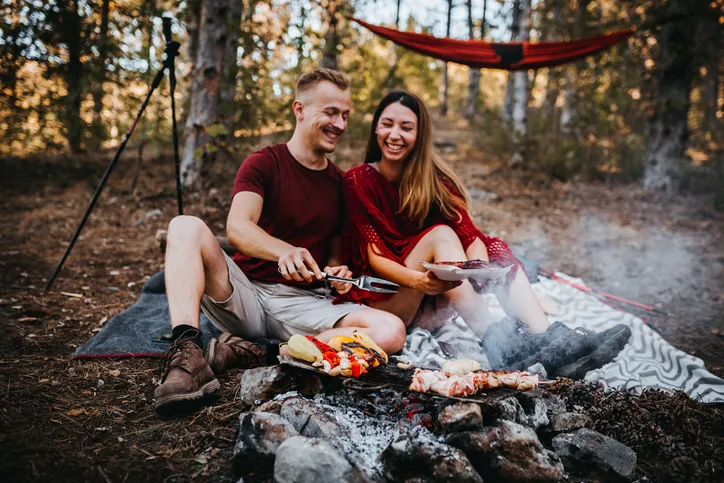
Skunks might not seem as dangerous as bears or wolves, but one spray from their infamous glands can ruin your camping trip. Found across the U.S., skunks are often attracted to campsites by the smell of food. Avoid startling them, as they’re more likely to spray when they feel threatened. It’s a mess you definitely don’t want to deal with in the wild.
10. Wild Boars: The Tusky Terrors
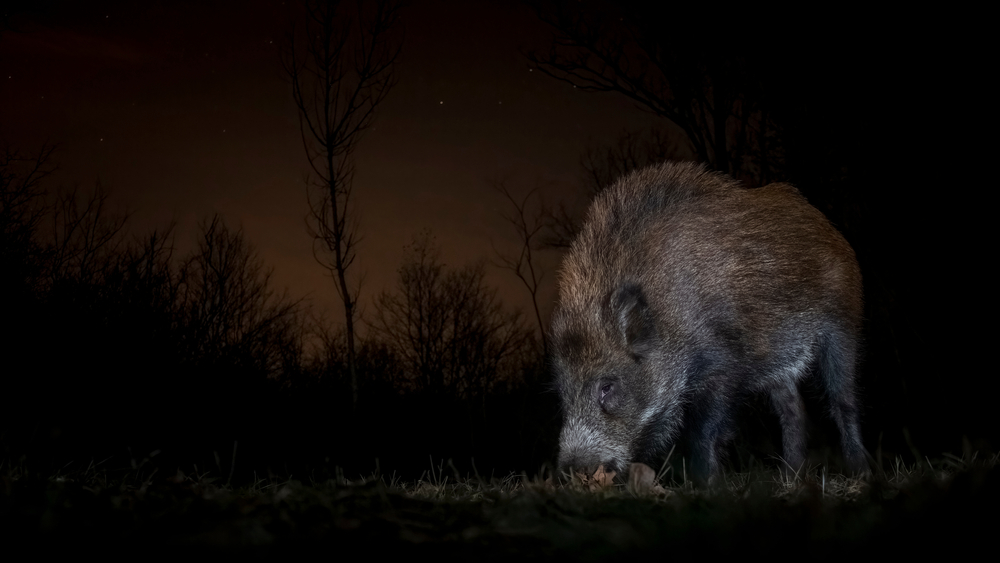
Wild boars are invasive, aggressive, and found in many southern states. These tusked terrors can weigh over 200 pounds and will charge if they feel threatened. They can tear up campsites and even attack unprovoked. If you hear rustling in the bushes, it might be one of these destructive animals—stay alert and steer clear.
11. Bobcats: The Silent Observers
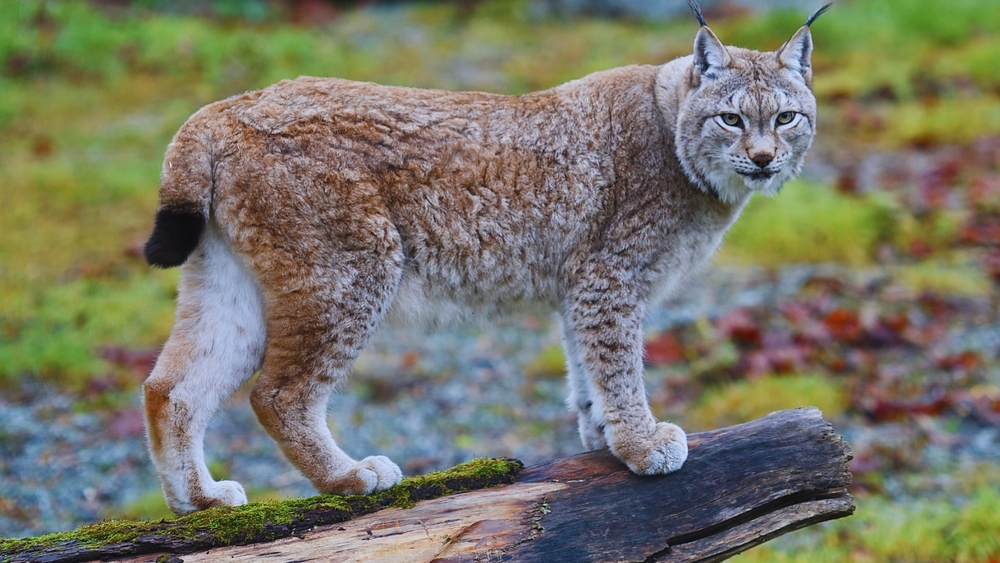
Bobcats are elusive and rarely spotted, but they’re found across much of the U.S. These medium-sized wild cats are generally shy but can become aggressive if cornered or rabid. Their stealthy nature means they might be closer than you think. Respect their space and admire their beauty—from afar.
12. Bald-Faced Hornets: The Flying Fury
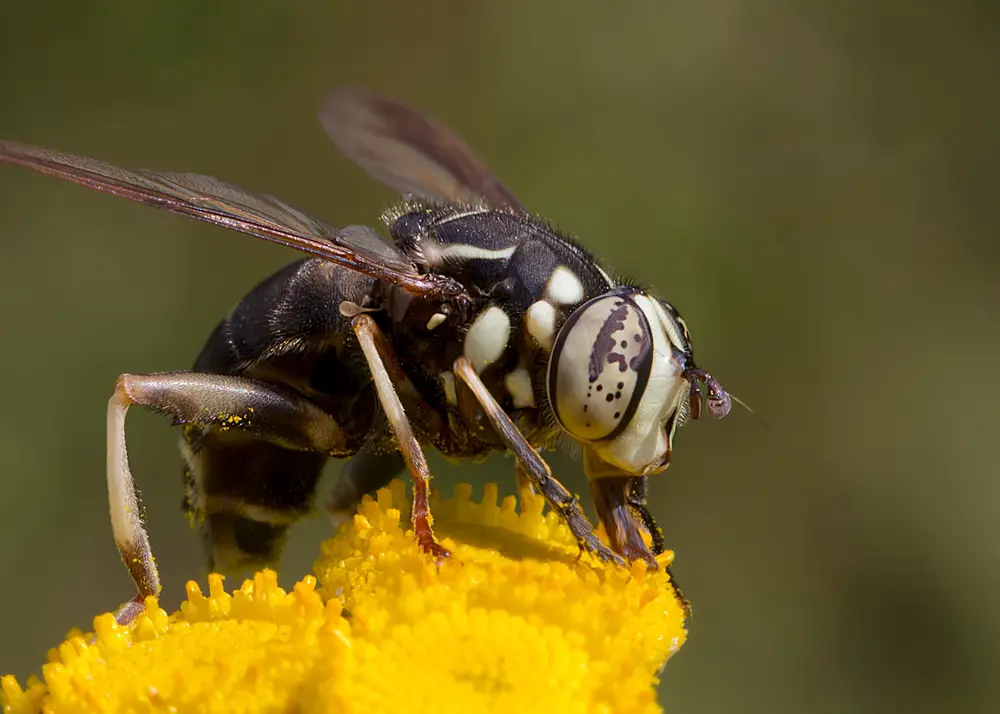
Camping in wooded areas? Beware of bald-faced hornets. These aggressive insects will defend their nests with a vengeance, and their sting packs a serious punch. They’re known to attack in swarms, so avoid disturbing their hives. If you accidentally stumble into their territory, running and screaming are completely acceptable survival tactics.
13. Elk: The Majestic But Moody Giants
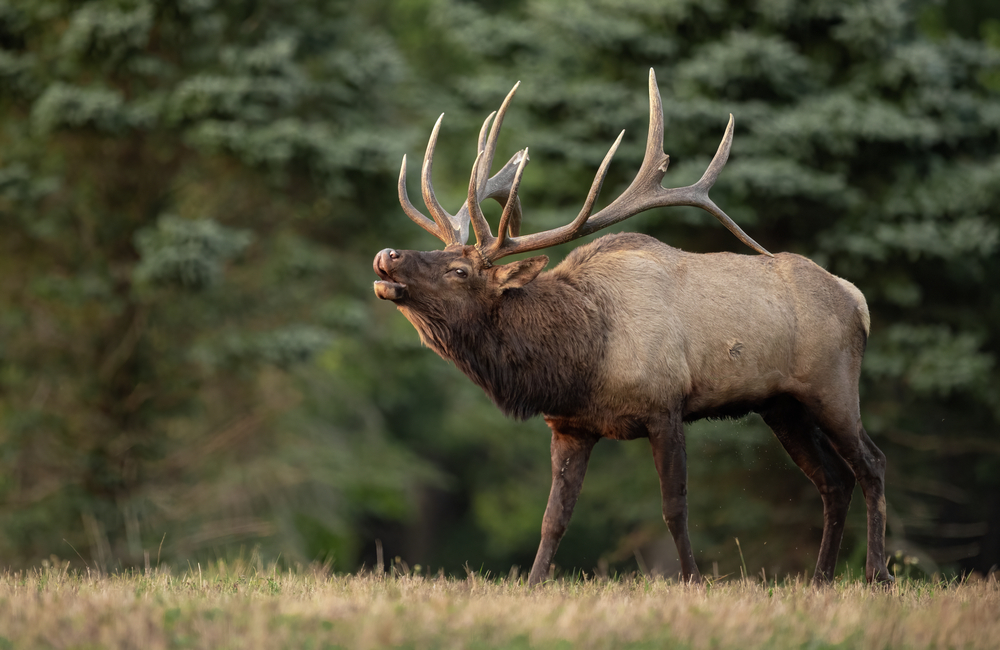
Elk are gorgeous creatures found in western and northern U.S. states, but don’t underestimate their size or strength. Bulls, especially during mating season, can become extremely aggressive. They’ll charge at anything they perceive as a threat, and with their massive antlers and powerful legs, they can do serious damage. Keep your distance and admire their majesty without getting too close.
14. Cougars: The Silent Predators
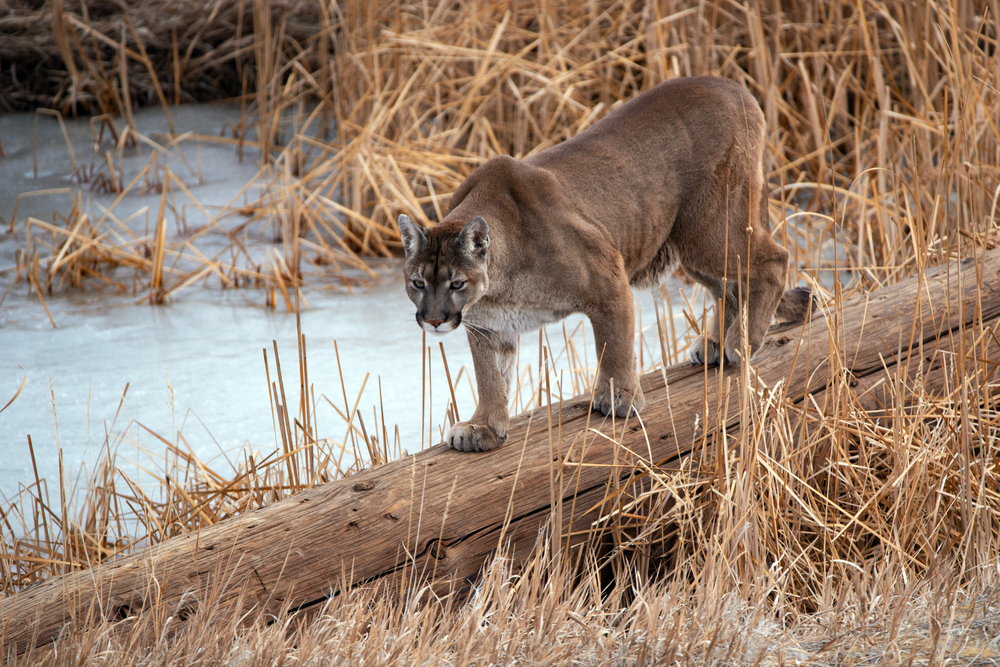
Cougars are solitary and elusive but incredibly deadly if they choose to engage. Found in remote mountainous areas across the U.S., these big cats are stealthy hunters capable of ambushing their prey in seconds. If you encounter a cougar, don’t run—stand your ground, make yourself look big, and hope it decides you’re not worth the trouble.
15. Fire Ants: The Tiny Terrors

Fire ants may be small, but their bites are incredibly painful and can trigger severe allergic reactions. Found across the southern U.S., they often build mounds in open, sunny areas like campsites. Accidentally disturbing one of their colonies can result in dozens of painful stings. Check your surroundings before setting up camp, and wear shoes to avoid an unfortunate encounter.
